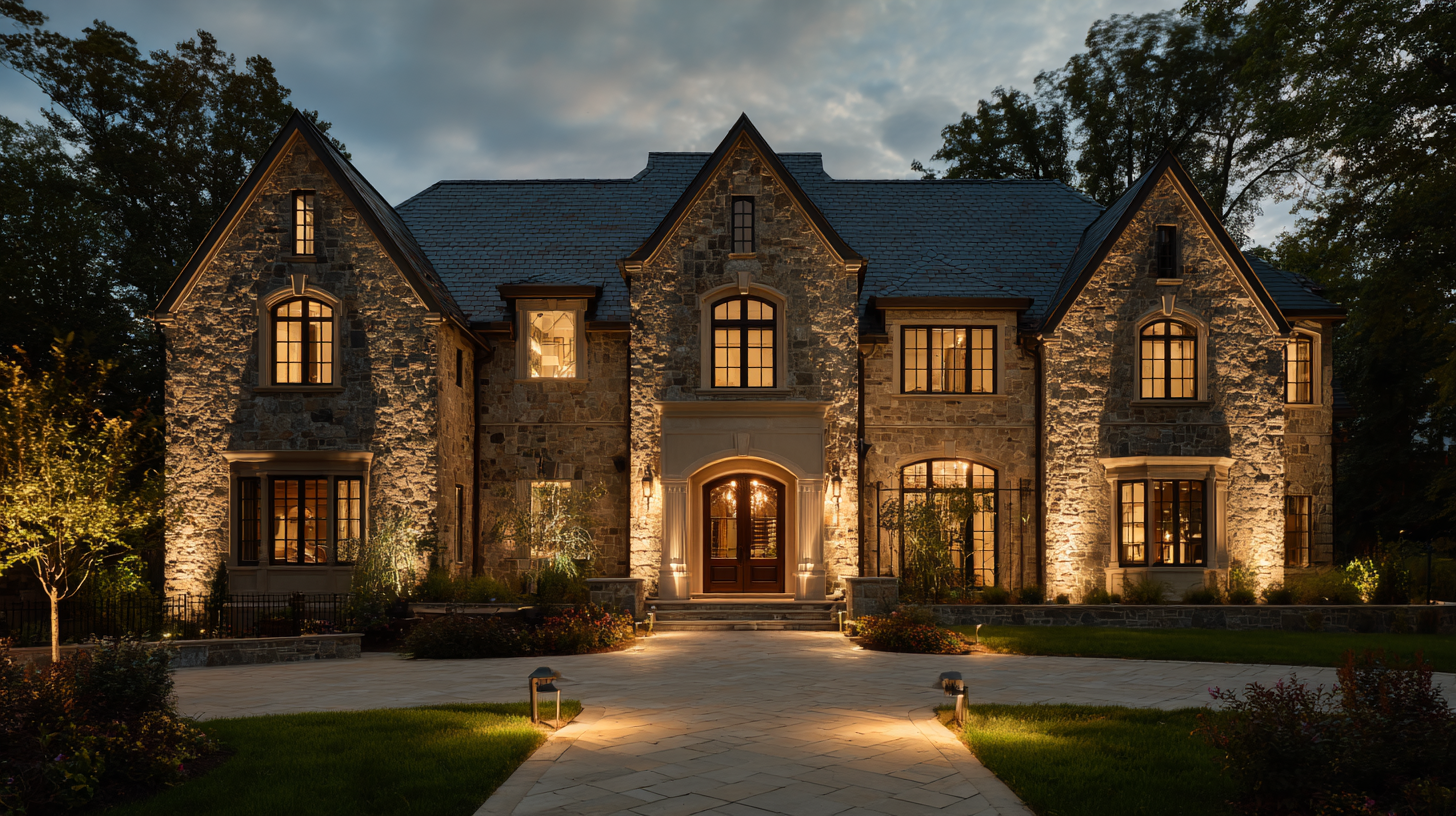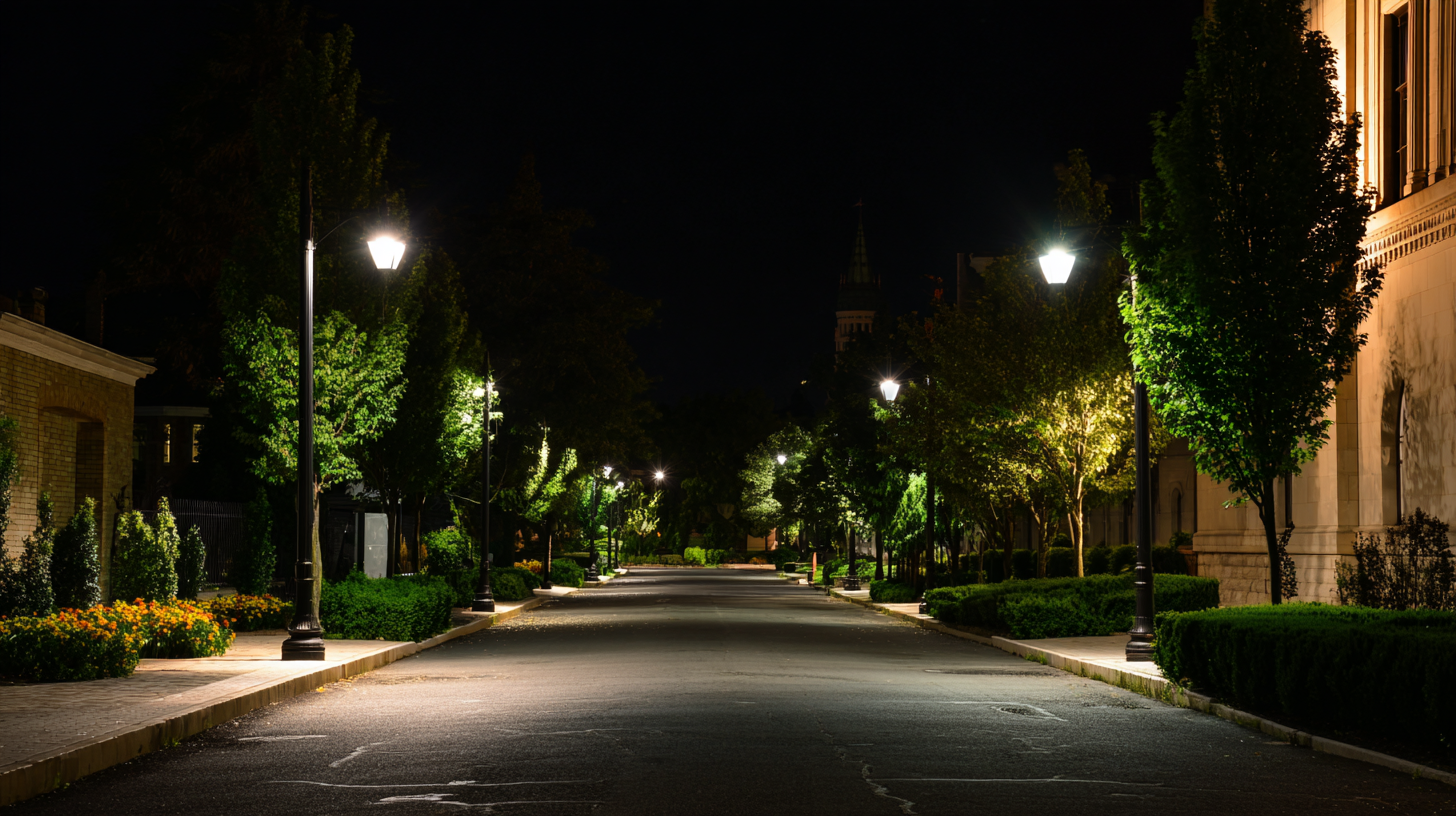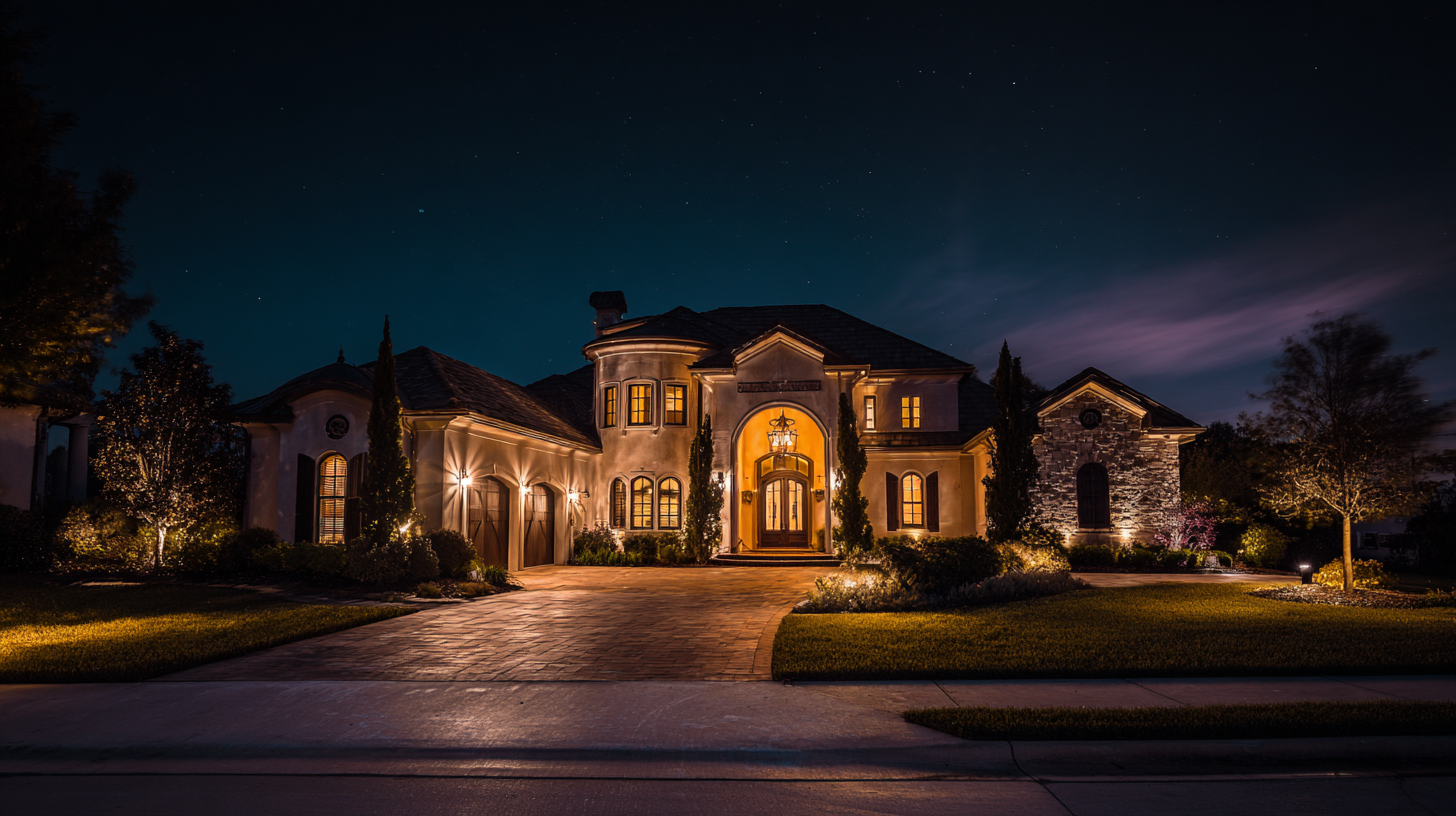Ultimate Checklist for Sourcing the Best Exterior LED Light Fixtures: 10 Key Factors to Consider
When it comes to enhancing the curb appeal and safety of your property, choosing the right exterior LED light fixtures is essential. These fixtures not only illuminate your outdoor spaces but also contribute to the aesthetics and functionality of your home or business.

With so many options available in the market today, it can be overwhelming to determine which products best suit your needs. That’s why we've created the ultimate checklist for sourcing the best exterior LED light fixtures. This guide outlines ten key factors to consider, ensuring that you make an informed decision that balances style, efficiency, and sustainability. From understanding the importance of lumens and color temperature to considering fixture materials and design, this checklist will help you navigate the myriad of choices and find the perfect lighting solutions for your outdoor areas.
Key Market Trends in the Exterior LED Light Fixture Industry for 2025
As we approach 2025, the exterior LED light fixture industry is poised for significant transformation, driven by evolving market trends and consumer preferences. According to a recent report by Grand View Research, the global LED lighting market is expected to reach USD 105.9 billion by 2025, growing at a remarkable CAGR of 13.8% from 2019. This growth is primarily fueled by the increasing adoption of energy-efficient lighting solutions and the rising awareness of sustainable practices among consumers.
One notable trend is the increasing demand for smart lighting solutions that integrate with IoT technology. The ability to control lighting systems remotely not only enhances convenience but also maximizes energy efficiency. Markets and Markets reports that the smart lighting sector is projected to expand at a CAGR of 26.2%, highlighting a shift towards more sophisticated designs and functionalities in exterior LED fixtures. Additionally, the focus on aesthetic appeal and innovative designs in outdoor lighting is influencing purchasing decisions, as consumers seek fixtures that complement their property while providing practical illumination. With these trends in mind, manufacturers must adapt their strategies to remain competitive and meet consumer expectations in the coming years.
Top 5 Energy Efficiency Standards Impacting Exterior LED Lighting Choices
When sourcing exterior LED light fixtures, understanding energy efficiency standards is crucial. In recent years, several key regulations have emerged that significantly influence the options available to consumers and businesses alike. Among these, the U.S. Department of Energy's Energy Star program certifies products that meet stringent energy consumption guidelines. According to a 2022 report from the Department of Energy, Energy Star-certified LEDs use up to 75% less energy than traditional incandescent bulbs, making them a popular choice for sustainable outdoor lighting solutions.
Another essential benchmark is the DesignLights Consortium (DLC) standard, which provides clear specifications for high-performance commercial lighting. Recent data indicates that DLC-approved products can lead to energy savings of around 20% compared to non-certified fixtures. Additionally, advancements in the California Title 24 Building Standards Code are pushing for even higher energy performance, mandating that outdoor fixtures demonstrate measurable energy savings while enhancing illumination quality. These standards not only help reduce carbon footprints but also provide financial returns through lower utility bills and potential rebates. Embracing these energy efficiency standards is a straightforward way to ensure your outdoor lighting choices are both environmentally responsible and cost-effective.

Comparative Analysis of Outdoor Lighting Technologies: LEDs vs. Traditional Fixtures
When considering outdoor lighting solutions, the choice between LED and traditional fixtures is critical. LEDs (Light Emitting Diodes) have surged in popularity due to their energy efficiency and longevity. Unlike traditional incandescent or halogen bulbs that waste a significant portion of energy as heat, LEDs convert a higher percentage of energy into light, resulting in lower electricity bills and a reduced carbon footprint. Furthermore, LEDs typically last up to 25,000 hours or more, drastically minimizing the need for frequent replacements.
In contrast, traditional fixtures, while often less expensive upfront, come with hidden long-term costs. Their shorter lifespan and higher energy consumption make them less economically feasible over time. Moreover, traditional lighting options tend to emit a warmer, softer glow, which some may prefer for aesthetic reasons. However, this softness usually compromises brightness and clarity, making LEDs a far superior choice for security and functional outdoor lighting.
The comparative analysis highlights that while initial costs for LEDs might be higher, the long-term benefits in savings, efficiency, and performance make them the preferred option for sustainable outdoor lighting solutions.
Consumer Preferences and Buying Behavior in LED Light Fixture Market
In recent years, the LED light fixture market has witnessed a significant transformation, largely driven by consumer preferences and buying behavior. According to a report by Grand View Research, the global LED lighting market size was valued at approximately USD 75 billion in 2020 and is projected to grow at a compound annual growth rate (CAGR) of 13.2% from 2021 to 2028. This growth is attributable to the increasing demand for energy-efficient lighting solutions, as consumers become more environmentally conscious and seek products that lower energy costs.
Moreover, consumer preferences are shifting towards smart lighting technologies that offer enhanced functionality and convenience. A survey conducted by Statista indicates that over 40% of consumers in the U.S. are willing to pay more for smart LED lighting options, highlighting a trend towards tech integration in home design. This shift emphasizes the importance for manufacturers to focus on providing versatile, user-friendly products that cater to these evolving demands. As buyers increasingly prioritize aesthetics, efficiency, and versatility, brands need to align their offerings with these consumer values to remain competitive in the expanding LED market.

The Role of Smart Technology in Shaping Future Exterior Lighting Solutions
As exterior lighting solutions continue to evolve, smart technology plays a crucial role in enhancing functionality, energy efficiency, and convenience. The integration of smart features such as motion sensors, app control, and programmable settings allows users to customize their outdoor lighting according to specific needs. This adaptation not only optimizes safety but also contributes to substantial energy savings.
When sourcing the best exterior LED light fixtures, consider investing in smart technology that offers features such as voice control and automation. These advancements enable seamless integration with home management systems, allowing users to program lights based on their daily routines or even adjust settings remotely. For instance, installing lights that automatically turn on at sunset can improve security while providing a welcoming atmosphere.
Another important tip is to look for fixtures that are compatible with renewable energy sources, such as solar-powered options with smart connectivity. This not only reduces your carbon footprint but also lowers energy costs while still taking advantage of the latest technology trends. By focusing on smart technology in your exterior lighting choices, you can create an efficient, secure, and personalized outdoor environment.






